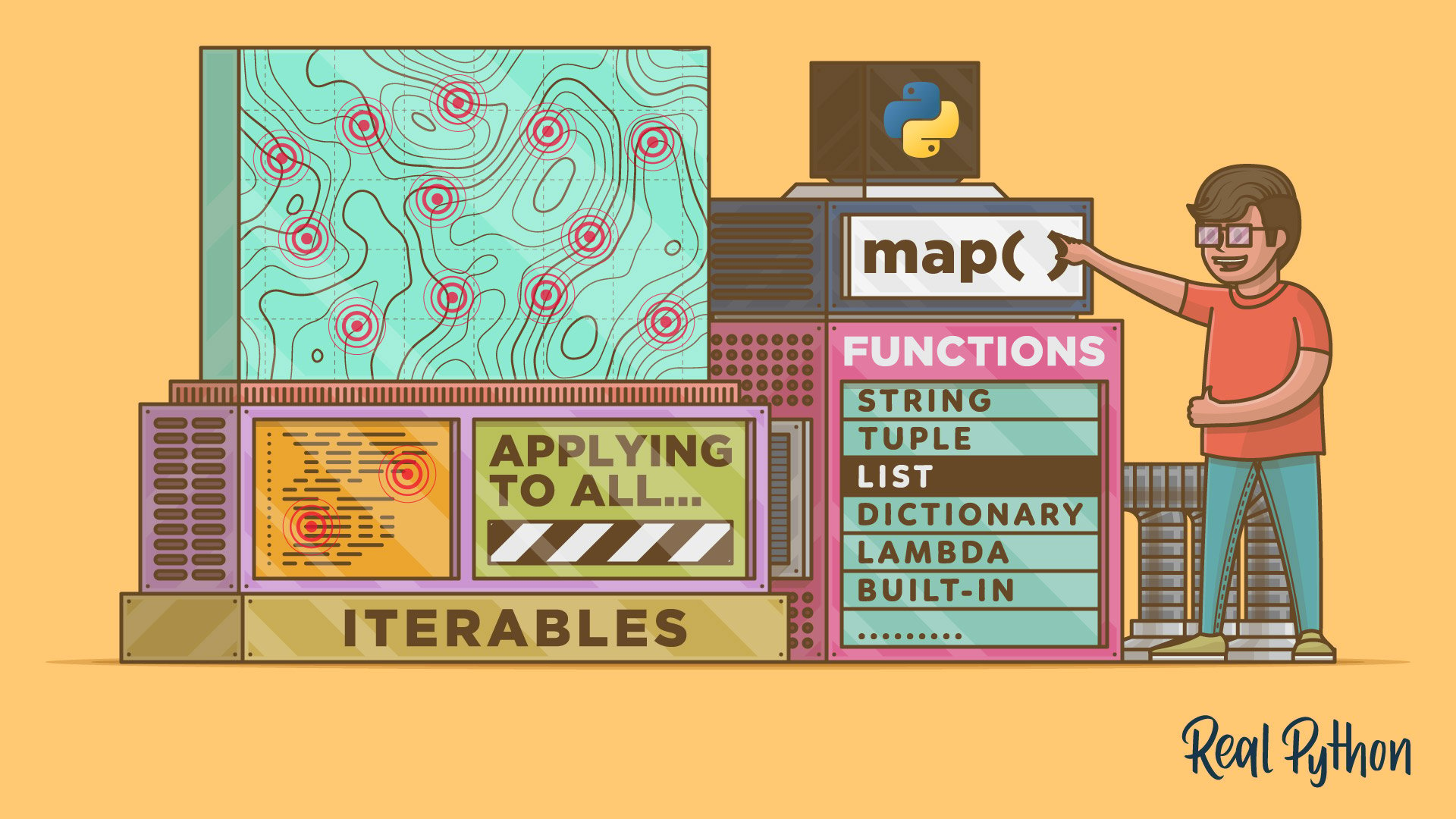17.2. socket — Low-level networking interface¶| docs.python.org
In this step-by-step tutorial, you'll learn how Python's map() works and how to use it effectively in your programs. You'll also learn how to use list comprehension and generator expressions to replace map() in a Pythonic and efficient way.| realpython.com
The Formatter class has the following public methods:| docs.python.org
Using the @contract decorator.¶| andreacensi.github.io
7. Compound statements¶| docs.python.org
5.2. Atoms¶| docs.python.org
The first version requires that numerator and denominator are instances| docs.python.org
>>>The default Python prompt of the interactive shell. Often seen for code| docs.python.org
7.1. Fancier Output Formatting¶| docs.python.org
28.1. sys — System-specific parameters and functions¶| docs.python.org
6. Built-in Exceptions¶| docs.python.org
5.4. Numeric Types — int, float, long, complex¶| docs.python.org
6.2. Assignment statements¶| docs.python.org
3.1. Objects, values and types¶| docs.python.org
Instances of the TestCase class represent the smallest testable units| docs.python.org

